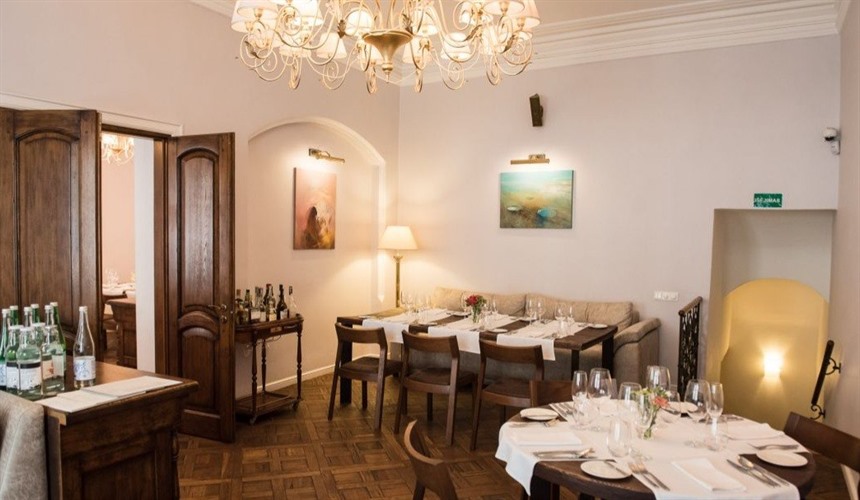A Lithuanian Historic Feast at Ertlio Namas
A Lithuanian Historic Feast at Ertlio Namas
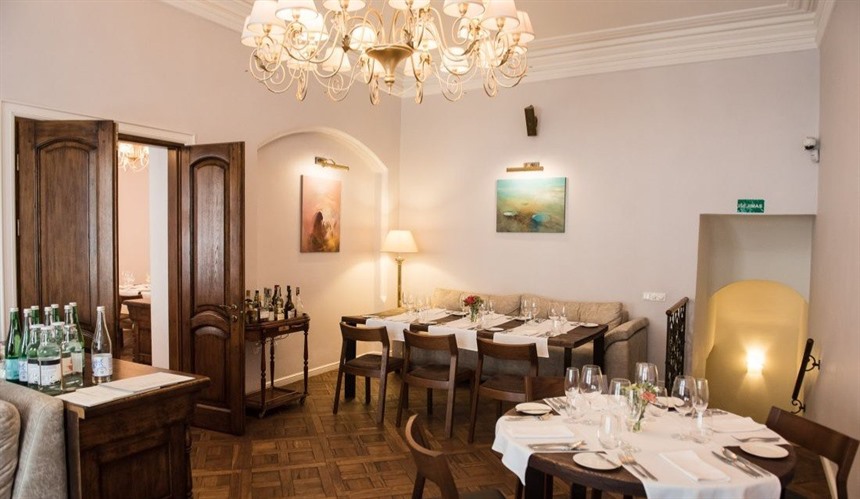
When one thinks about Lithuanian cuisine, you automatically think of cold pink beet soup called šaltibarščiai or potatoes – potatoes pancakes (Bulviniai blynai), potato pie (Bulvių plokštainis) and the ubiquitous Cepelinai (Didžkukuliai). These are large rounded dumplings made from grated potatoes stuffed with meat served with lashings of sour cream, fried onion and sometimes mushrooms. They are Zeppelin-shaped so that's where they get their name from, rather than that’s what you would look like, if you ate Cepelinai on a regular basis.
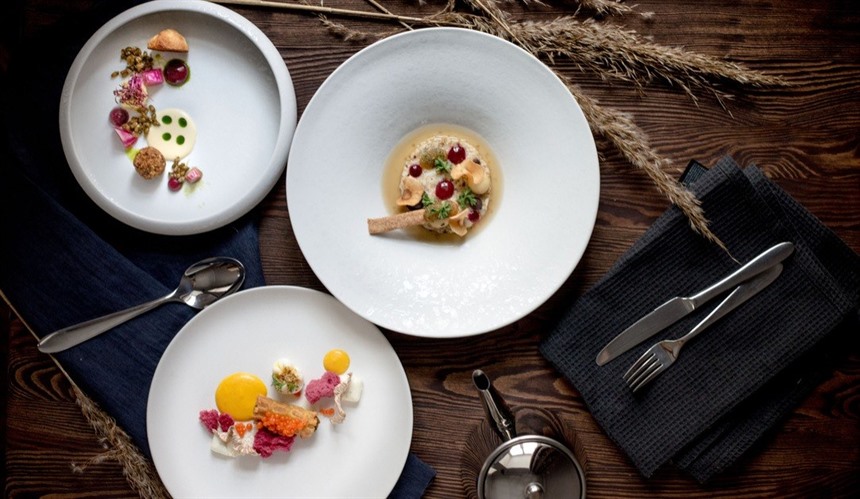
With this is in mind, we headed to Vilnius old Town and to Ertlio Namas, a unique restaurant offering various tasting menus centred around local seasonal foods. Working with a culinary historian, head chef Tomas Rimydis has recreated dishes of the Medieval, Renaissance and Baroque eras into a modern light and visually stunning dining experience. The menu of course changes seasonally and when we visited in Spring, we tasted four delicious courses. For 25euros extra you can pair the courses with delectable wine, finishing off with a delightfully sweet Lithuanian honey mead. Each course is explained to us in English by our ever-so courteous waiter.
After a delicious more-ish bread served with light artichoke and olive butter – we moved on to our first course.
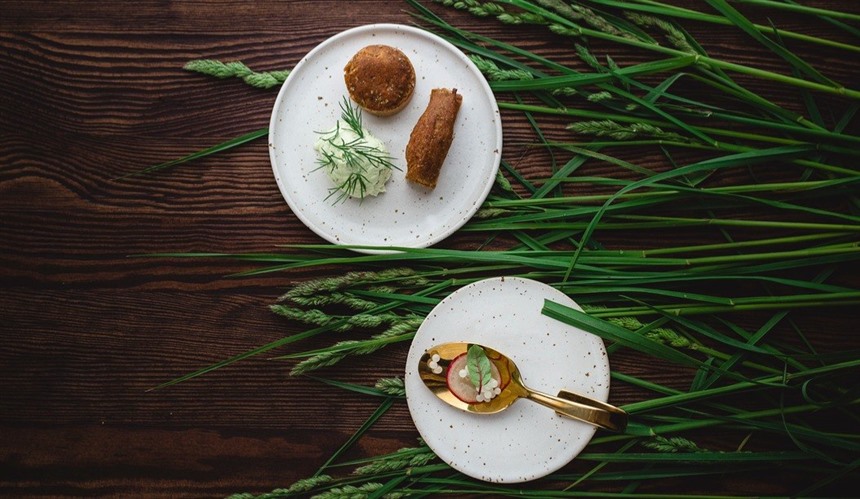
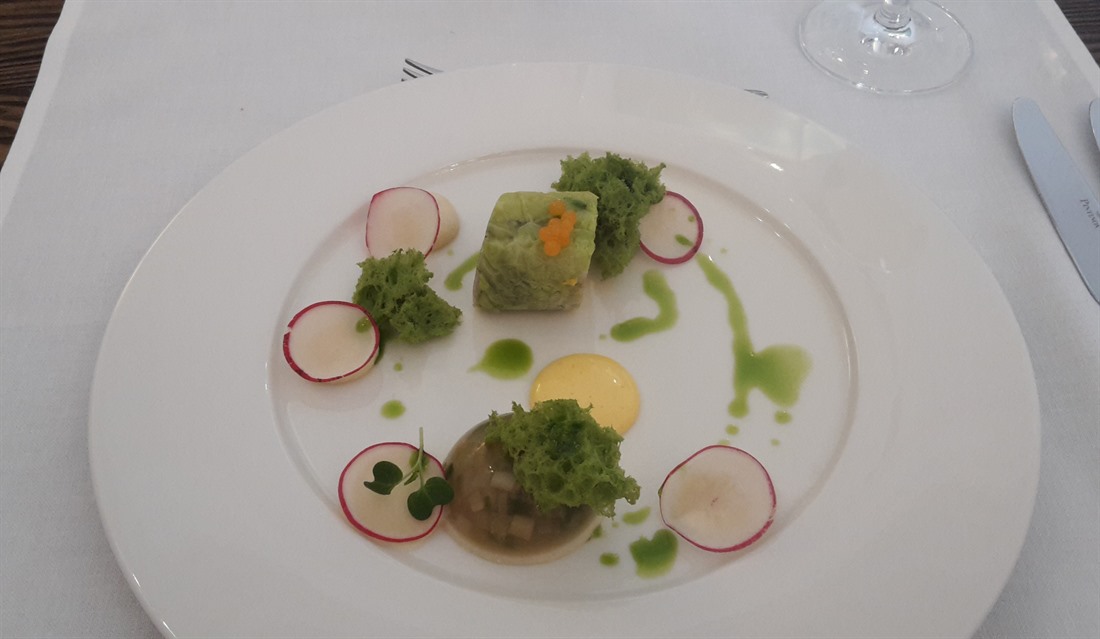
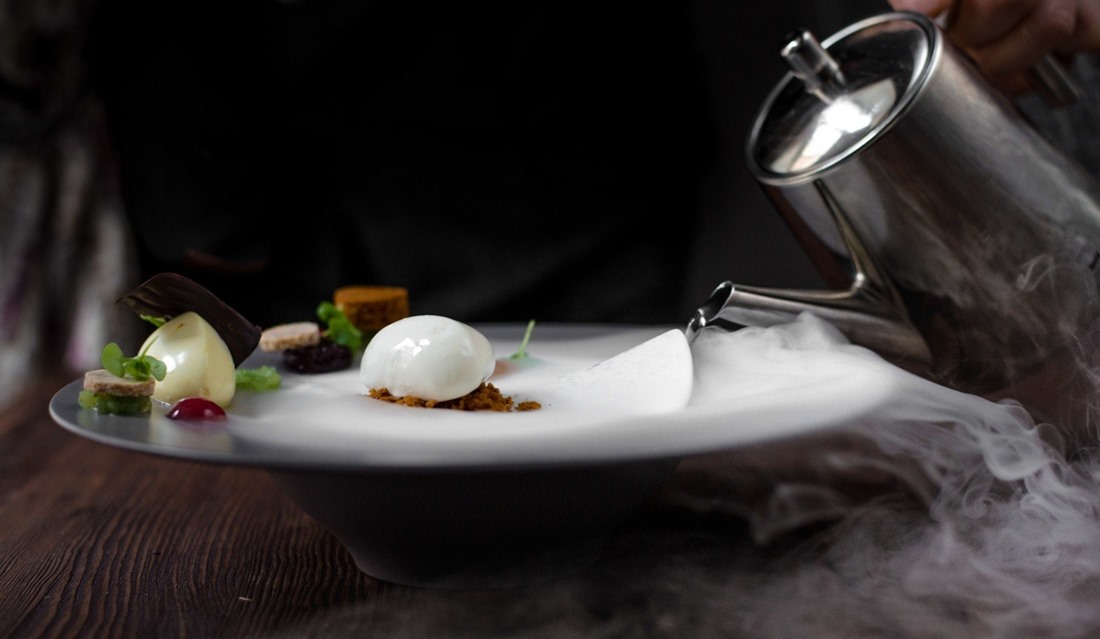
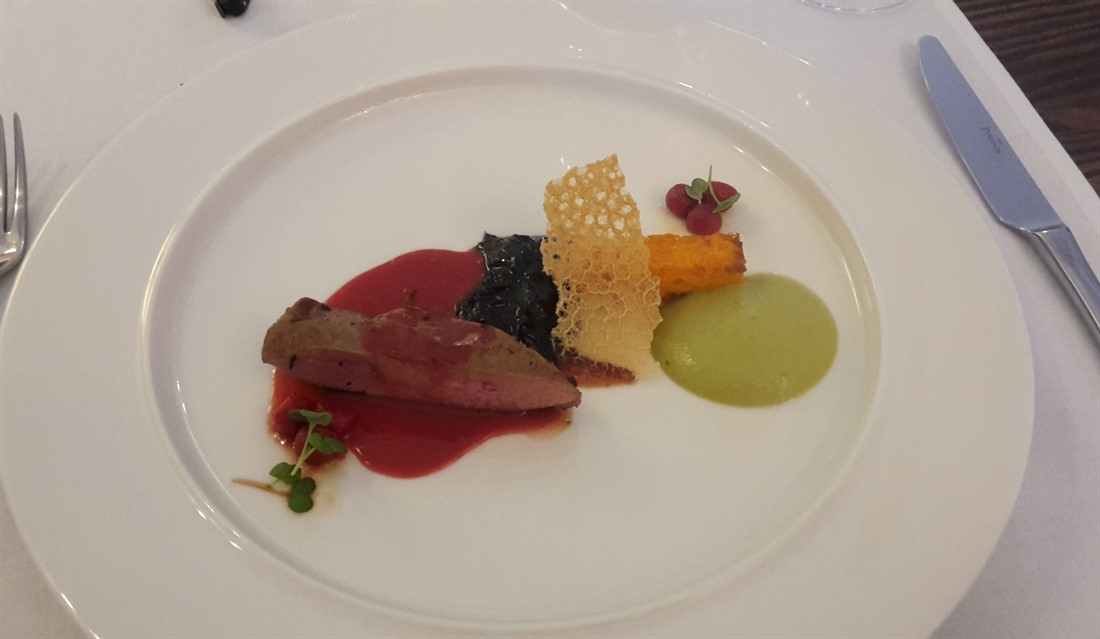
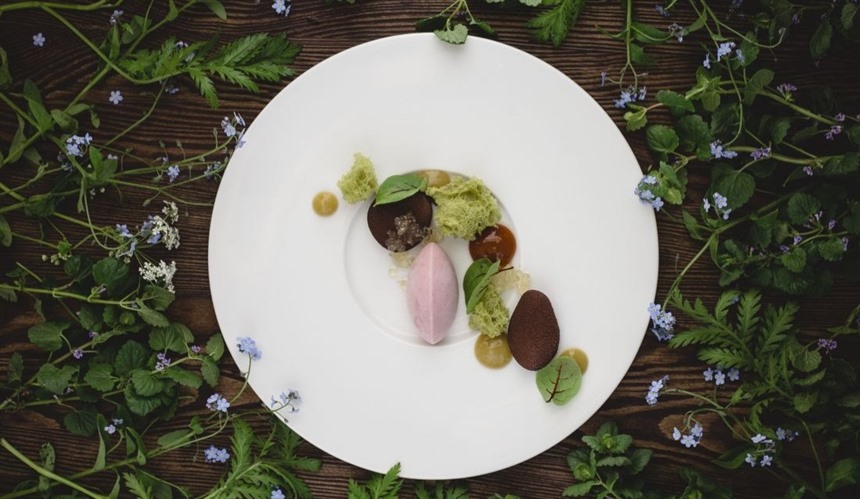
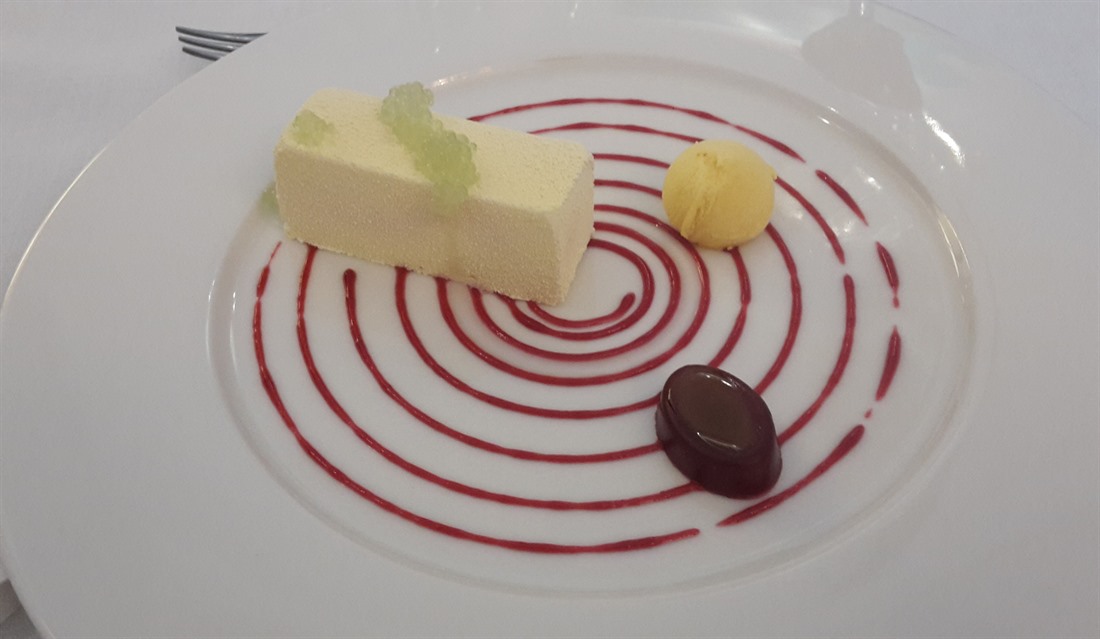
Our final course was the prettiest. Desert consisted of a cake made from buckwheat, coffee cream and marzipan, topped with delicate apple caviar. A small cranberry and caramel jelly and a yummy ice cream made of marzipan and saffron. The first ice cream came to Lithuania from Italy in XVI century but the first sorbets was brought in XIV century by the tartars, as they mixed mashed berries with snow or ice.
All in all it was a delicious, fascinating dining experience with not a single potato in sight.